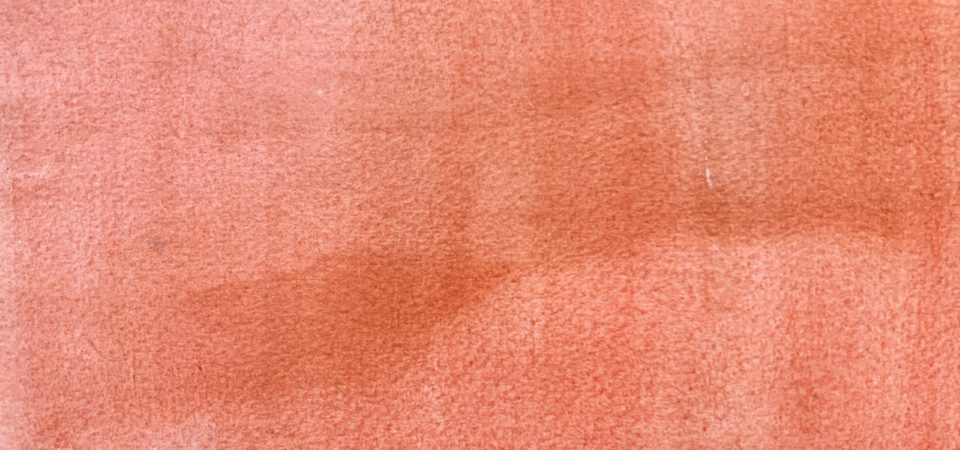The Global Regenerative CoLab is a new and very active network of professionals working in the resilience field. A simple vetting process gains you access to a wide array of global meetups, presentations, and resources that address all aspects of world-building. In just a few sessions I’ve met urban planners in Thailand, systems thinkers in Germany, cultural creators in Australia, and social entrepreneurs in Wales. It’s a jackpot of fascinating conversations and diverse viewpoints.
Pando Populus in Los Angeles grew out of John Cobb’s 2015 conference on ecological civilization and integral ecology. It connects big ideas with on-the-ground praxis by challenging college students in the LA area to design implementable, achievable projects that further LA’s sustainability goals. It is also creating a demonstration campus along with the women religious of Maryknoll, who are part of a national network of progressive nuns.
Doughnut Economics: Seven Ways to Think Like a 21st Century economist is a recent book by Kate Raworth that uses nine planetary boundaries, as defined by the Stockholm Resilience Center. By connecting these boundaries with social and economic factors that press on them, Raworth defines a safe and just space in which humanity can live.
Commanding Hope: The Power We Have to Renew a World in Peril by Thomas Homer-Dixon is a new book that sets out an excellent framework for engaged thought and action that is fully aware of the interconnected dangers we face. I was very impressed by a talk he gave this spring and my copy is on its way now. His earlier book, The Upside of Down, is an excellent primer on the Global Challenge
Working with Commonweal, the Bolinas, California, retreat and resilience center, I will be developing a resilience network over the coming months that hosts roundtable conversations with diverse voices in the field, and facilitates creative engagement in framing and mapping this complex set of issues. Our nascent website is resilienceproject.ngo. Please stay tuned!

